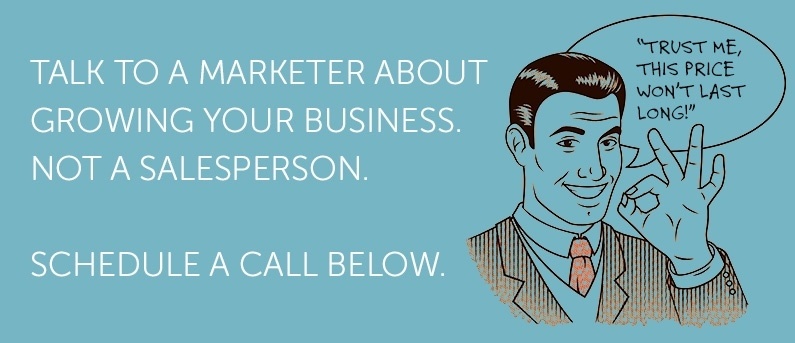 Love. It’s what makes the world go round, apparently. That seems to extend to marketing, too, because making your customers feel good with great offers helps to generate leads and ultimately sales. But there are just so many good offers out there—the rest are simply offers, nothing great about them. So why is it so difficult to create offer content that is really top-notch and that works? Well, it isn’t if you follow a few basic rules.
Love. It’s what makes the world go round, apparently. That seems to extend to marketing, too, because making your customers feel good with great offers helps to generate leads and ultimately sales. But there are just so many good offers out there—the rest are simply offers, nothing great about them. So why is it so difficult to create offer content that is really top-notch and that works? Well, it isn’t if you follow a few basic rules.
When Gatekeeping Fails
Gatekeeping is the concept of using offers to generate sales leads. It mostly works by giving prospective customers the chance to download a product they would normally pay for at a special discount or free of charge. The thinking is that by giving away a freebie, you’re making a fair exchange for their information. This fails when the value of the offer doesn’t match the value of the product, and sadly it happens more than you might think.
Identifying Poor-Value Offers
Inexperienced content marketers often feel their material has sufficient value to be viable as an offer. That’s not true. Sure, you might be giving good advice, excellent educational resources and possibly even reports and fact sheets about your products or services. The problem is, those constitute content that you should be giving away for free anyway! Your return on investment in those cases is the traffic you get to your site, the number of downloads you get and the brand awareness you’re building.
What’s a Real Offer?
So, what’s a real offer? How do you identify an offer with sufficient value to be a fair exchange, and what are the dos and don’ts you should be following to get it out there effectively?
Ok, first things first. A “real” offer is something that:
- Addresses the needs, problems and interests of your target audience
- Helps your prospective customer with specific challenges, whether this results in sales of your product or not
- Plays into the prospect’s position in the buying cycle so that it fulfills a need at the right time, such as information, a discount coupon or a special promotion
At the same time, there’s no reason why a great offer shouldn’t align with your business too. After all, the purpose of marketing is to get sales, right?
Presenting Great Offer Content
Just like food, much of the charm is in the presentation. Given that content plays such a critical role in inbound marketing, you simply can’t afford to screw it up. So presenting your offer in such a way that your followers absolutely love it requires some careful creativity:
- Make it specific to your customer persona. For example, there’s no point in offering waterproof rain boots to fashionistas just because they fit into your demographic of women in the 18 - 34 age group, which is your target market for female clothing and accessories! If you’ve done your homework properly, you’ll know that your target market for female rain boots is the soccer mom who goes out in all weathers to pick up her young children and take them to practice, and the keen gardener who works outdoors regardless of the weather, to name a couple.
- Focus on the right stage of the buying cycle. In other words, don’t send out buying guides to someone who just downloaded a checklist, because chances are they already have their minds made up on what to actually buy. That just shows you’re out of sync with your market. Align the content with various stages such as:
- Awareness - This happens when your potential customer is just getting to know about your brand or figuring out that he needs your product or service.
- Information Gathering - At this point your customer knows what his problem is and begins looking for possible solutions, which might or might not include your product offering.
- Comparison - This usually relates foremost to price, and someone in this stage of the cycle knows what he wants to buy and is trying to get the best bang for his buck.
- Purchase - When your customer reaches the point of being ready to buy, that doesn’t mean you’ve got him. It means he’s ready to buy—from someone! Your task at that stage is to try and persuade him that you’re the best supplier, and that means being up-to-date on where he’s at in the cycle.
- Use data to customize your offer. Big data is here to stay, and the bonus of it is that you can use it to determine what type of offer will work and adapt it to a specific niche market segment. This is where you can use the data you have from traffic analytics and sales to determine what your customers will consider a great offer and how best to promote it to them.

